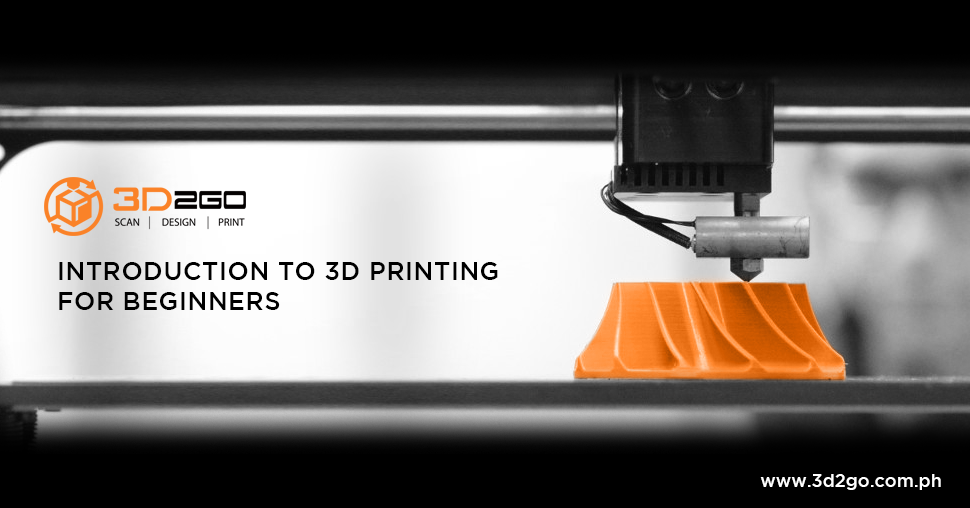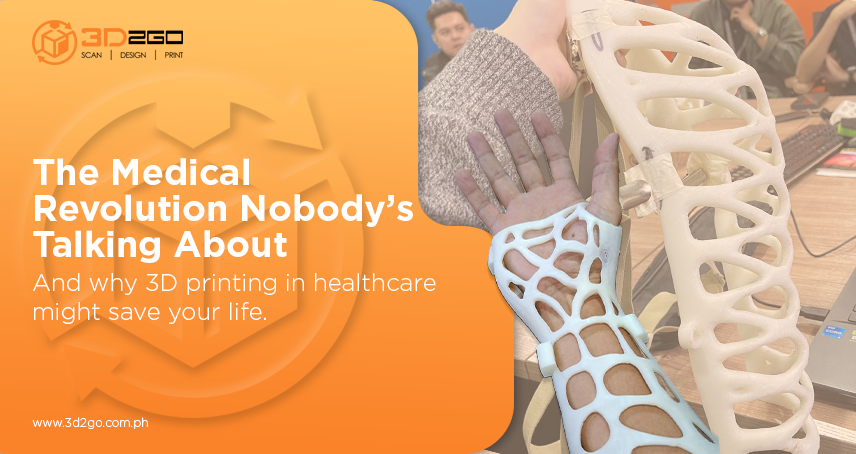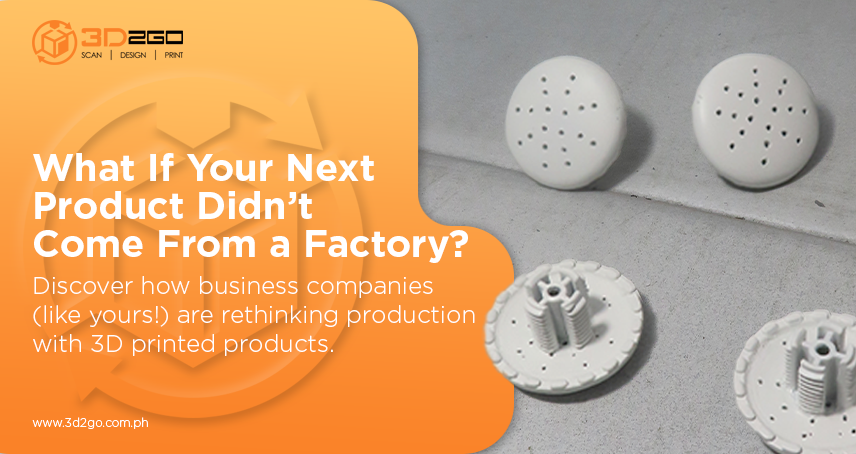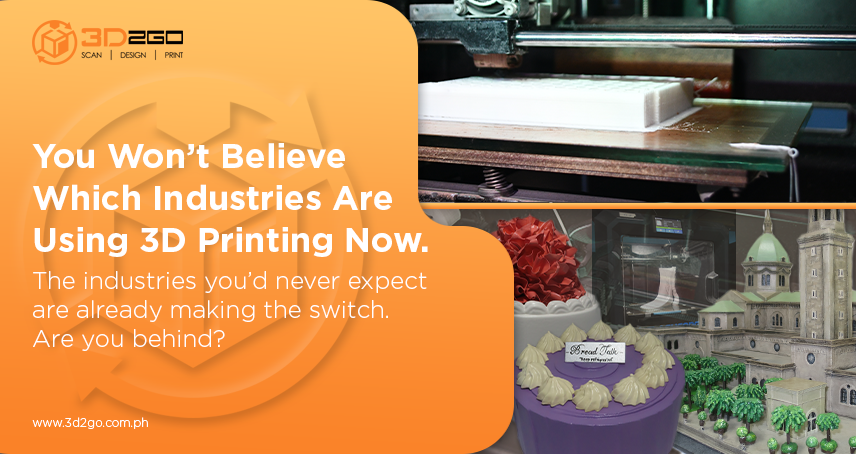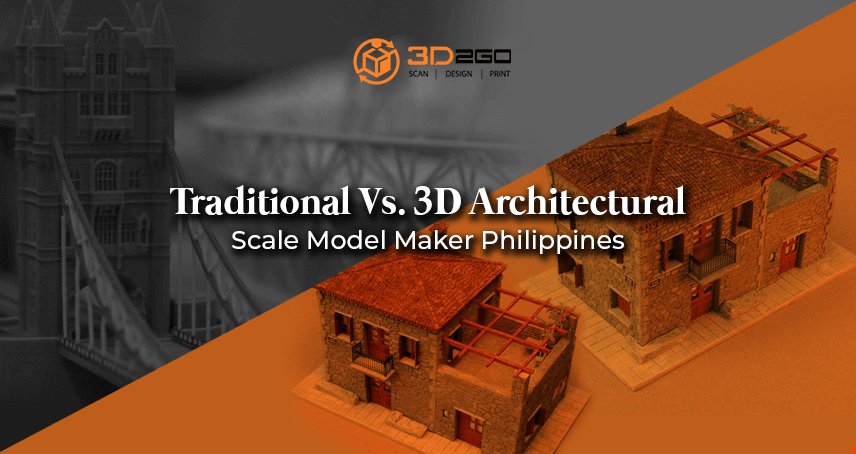
Traditional Vs. 3D Architectural Scale Model Maker Philippines
June 7, 2022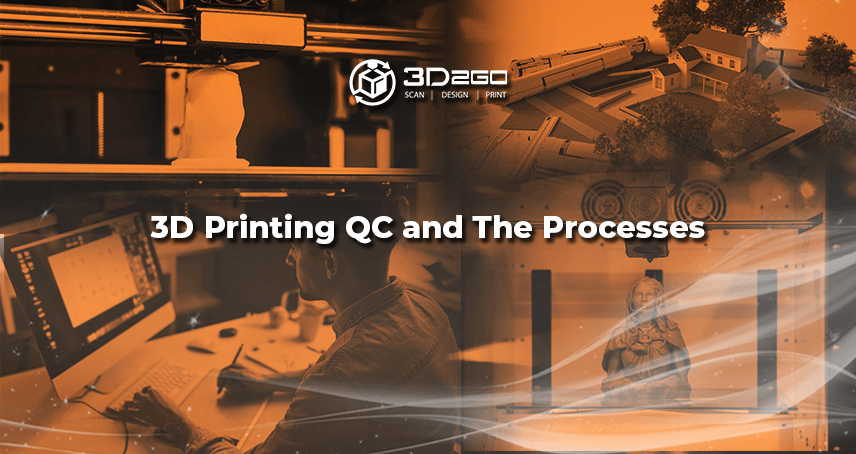
3D Printing QC and The Processes
June 7, 2022
3D printing services is a trending idea that takes us away from the old school era mass production lines and will bring us to a new world of customizable, one-off production. Though the process by a man named Chuck Hull back in 1986, 3D printing is merely a process of taking a digital 3D model and turning that digital file into a physical object. While Hull went on to launch one of the world’s largest 3D printer manufacturers, 3D Systems, his invention concentrated solely on a fabrication process called Stereolithography (SLA).
Since that time, several other 3D printing technologies have been developed, such as Fused Deposition Modeling (FDM)/Fused Filament Fabrication (FFF), Selective Laser Sintering (SLS), PolyJetting and others, all of which rely on layer-by-layer fabrication and are based on a computer code fed to the printer. Nonetheless, the technology can still be rather intimidating to use if you’re not aware of what it is and how it works.
But what is 3D Printing and how does it works?
To put it simply, 3D or 3-dimensional printing is the process of making a physical object from a virtual model. Inspired by the Star Trek Replicator machine, it conjures up the idea of something magical that can create objects out of thin air. It is almost similar to the ink-and-paper printers with which we’re all familiar with. Only instead of traditional ink and paper, 3D printers squeeze out a variety of different materials and print layer-by-layer until the virtual model is reproduced in a three-dimensional physical form.
This layer-by-layer approach is called additive manufacturing, which means that the object is created by adding layers from the bottom up, with each layer being printed on top of the last one over and over until the job is done. You could compare it to the same process LEGO uses to instruct us on how to build their famous model sets in their building kits.
This was mostly used by companies offering 3D printing services to print solid objects such as models, toys, and sometimes furniture, using plastic. This type of manufacturing process isn’t a new concept in the 21st t Century, but 3D printing offers a quicker and more precise alternative to old-school processing methods such as sculpting and forging. Also, this process could be considered as typically less expensive.
Today, though, 3D printers utilize a host of different types of materials, from chocolate and cement to regenerating tissue. It can “print” in plastic, nylon, and over a hundred other materials. It can be used for making nonsensical little models and dolls, yet it can also print manufacturing prototypes, end-user products, quasi-legal guns, aircraft engine parts and even human organs using a person’s own cells.
While most people have yet to even hear the term 3D printing, the process has been in use for decades. Manufacturers have long used 3D printing services in the design process to create prototypes for traditional manufacturing. But until the last few years, the equipment has been expensive and slow.
Now, fast 3D printers can be had for tens of thousands of dollars, and end up saving the companies many times that amount in the prototyping process. To give an example, a famous shoe company uses 3D printers to create several multi-colored prototypes of rubber shoes. Before, they used to spend thousands of dollars on a prototype and have to wait sometime before it can be manufactured. Now, the cost is significantly lowered, and changes can be made instantly on the computer and the prototype reprinted on the same day.
Some companies are using 3D printers for short run or custom manufacturing, where the printed objects are not prototypes, but the actual end user product. As the speeds of 3D printing go up and the prices come down. You can actually process a lot of personally customized products, without affecting the cost.
But do you need to have a lot of money or do you have to be an engineer or a 3D modeling expert to create 3D models on your own 3D printer?
Money and 3D Modeling Expertise Not as Important As You Think
No, you don’t. While complex and expensive CAD software like AutoCAD and Solidworks have a steep learning curve, there are a number of other programs you can use that are very easy to learn and free to use online. The free version of Google SketchUp, for example, is very popular for its ease of use; and the free Blender program is popular for its advanced features.
You also don’t have to worry if you don’t have your very own 3D printer. Currently, there are companies that offer 3D printing services such as Shapeways and Ponoko that can very inexpensively print and deliver an object from a digital file that you simply upload to their user-friendly website. It’s almost as easy as ordering a custom t-shirt online.
Even if you don’t design your own 3D model, you can still print some very cool pieces. There are model repositories such as Thingiverse, 3D Parts Database, and 3D Warehouse that have model files you can download for free.
So what are the things you can easily have 3D-printed?
While initially, 3D printing was primarily a technology for prototyping, this is quickly changing. Now several manufacturing companies are producing end-use components and entire products via 3D printing. 3D printing is being used by virtually every major industry on the planet in one way or another. Namely, in medicine, aerospace technology, and in the arts. Just to name a few.
For an average person, desktop 3D printers are for much more than just making cheap plastic models and trinkets. Beyond the ornaments, the paperweights, and the 3D printed coasters are tons of truly useful 3D printed household goods that could make your daily life easier than you’ve ever imagined, often while being cheaper or more practical than comparable store-bought products.
3D printing is able to bring imagination to life. People are not only able to jot their ideas down on a computer screen; they are able to physically bring those ideas into reality via digital models. This technology has the capacity to unleash a whole new medium for creativity for the user who can now able to better visualize ideas, create functional products, and learn via hands-on experience.


